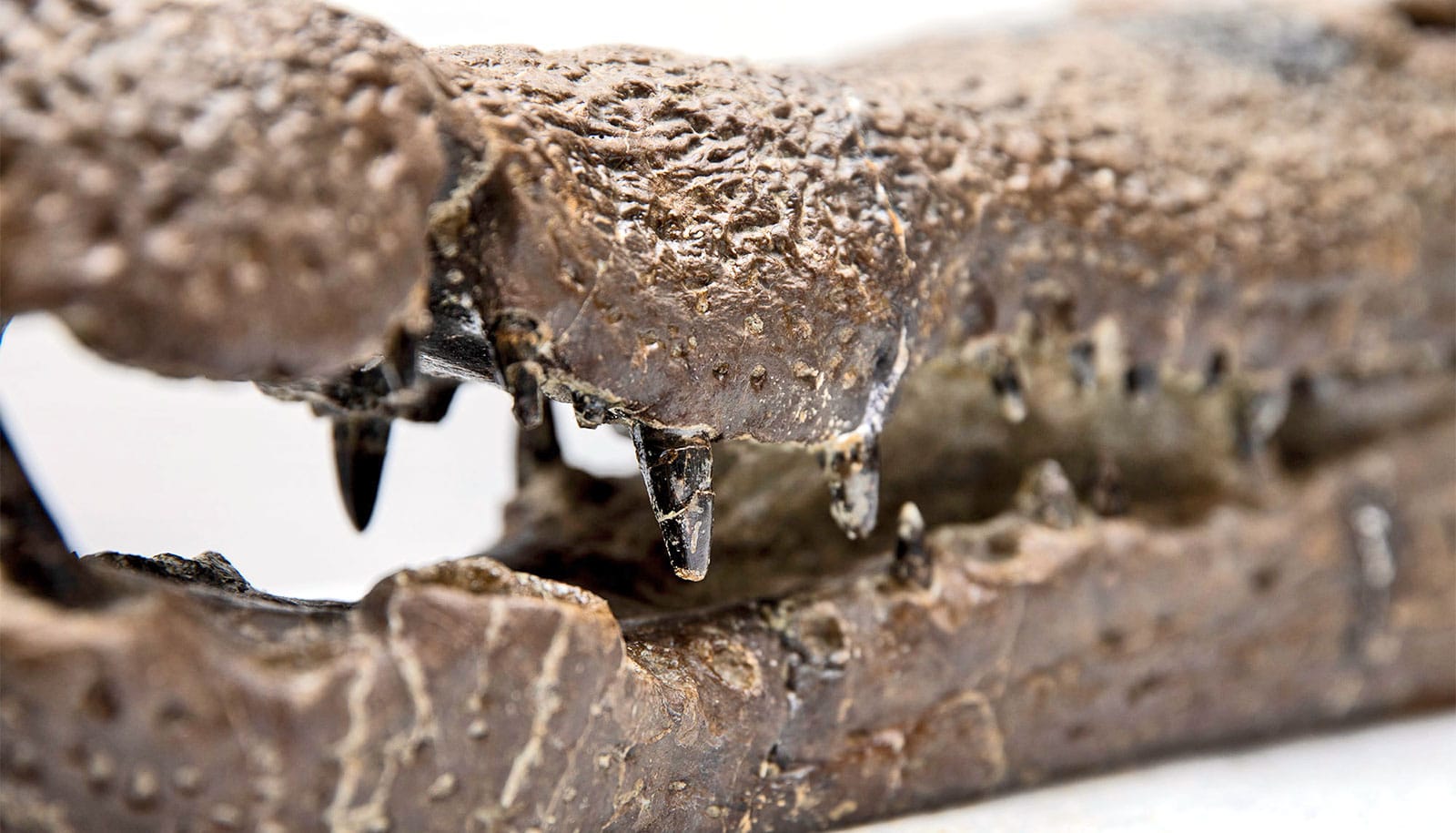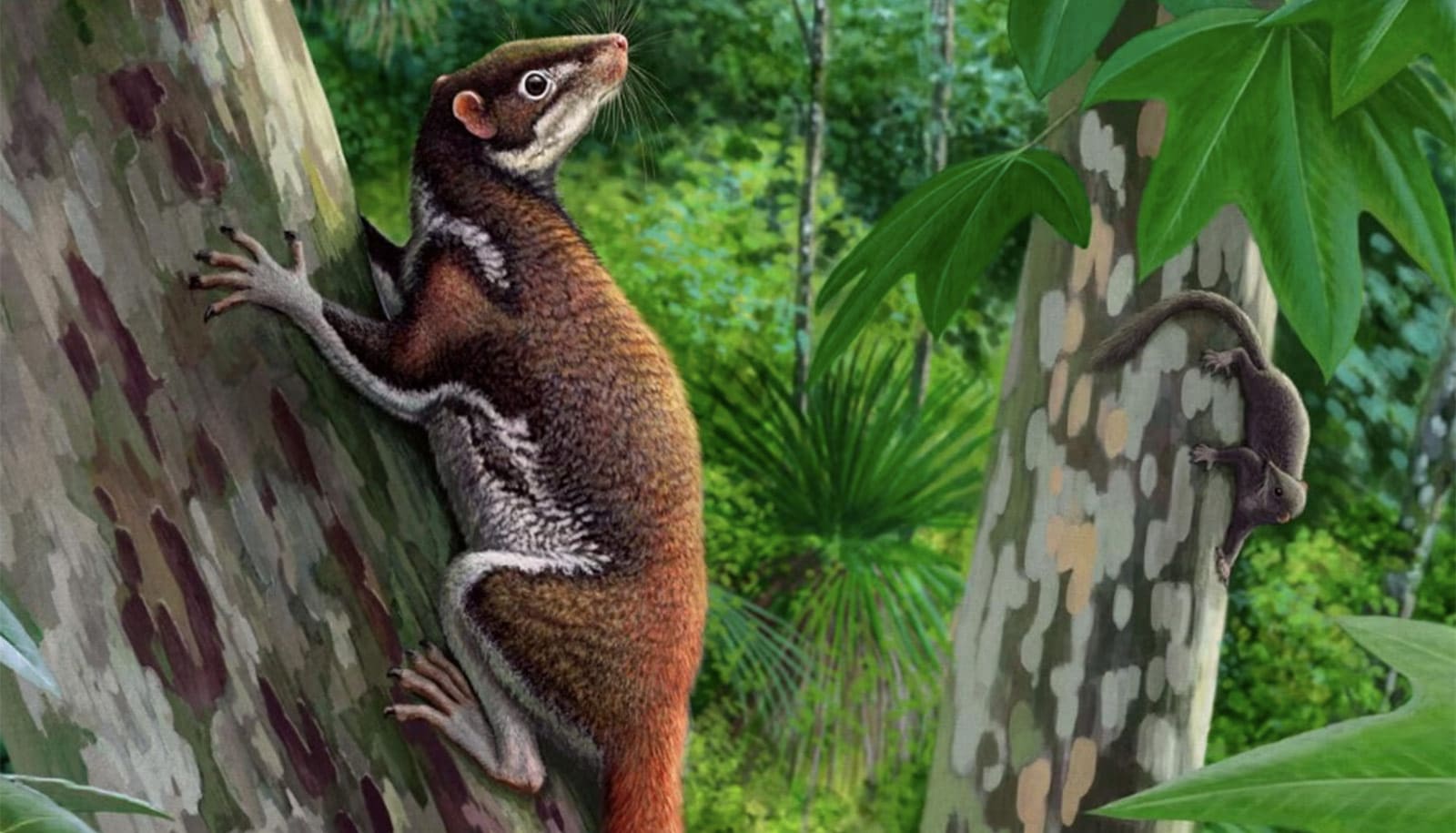Penises of some species of ducks grow extremely long in spring, only to shrink to 10 percent of their maximum size in the fall and winter, report researchers.
And it appears that longer penis size has little to do with female preference, but is the result of competition between paired males and unpaired males that attempt to fertilize females by force.
“Animals can be very strategic about how they invest energy in genital growth.”
“This study illustrates how social forces can actually shape individual anatomy, but it also suggests how sexual conflict and sexual autonomy shapes social behavior,” says Richard Prum, professor of ornithology and of ecology and evolutionary biology and coauthor of the paper in The Auk.
Prum says he bet coauthor and former postdoctoral fellow Patricia Brennan, now at Mt. Holyoke College, that social environment would not have any influence on the penis size of the ducks.
“If you are with a lot of other males, your leg doesn’t grow longer,” Prum says.
He lost the bet.
In lesser scaup species, for instance, duck penises grow longer when males are together in competitive social groups. The purpose is not to attract females, who pick their mates in early spring before penises regrow. The increased length represents a sort of evolutionary … er … arms race to ensure more effective penetration of females.
In another species, the ruddy duck, subordinate males briefly grow longer penises during mating season, apparently to take advantage of opportunities when dominant males are less vigilant.
“Our findings show that genitalia can become variable not just as a result of evolutionary change over many generations,” Brennan says. “Animals can be very strategic about how they invest energy in genital growth.”
Brennan and Prum had previously shown that male ducks that tend to force themselves on females possess lengthy and spiraled-shaped penises while females developed vaginas with oppositely corkscrew contours, the better to be able to reject the violent advances of males.
Their federally funded research attracted mockery in 2013 from some members of Congress, who viewed it as an example of wasteful government spending. However, the new studies illustrate several surprising new twists about how evolution works, note the researchers.
“Female birds may have preferred mates without penises…”
“This research has helped us understand the importance of sexual autonomy, that freedom of choice matters in nature,” Prum says.
Prum, author of the book The Evolution of Beauty, points out that almost all other birds lost their penises through evolution after splitting off from other reptile and mammalian groups. Ducks are a vestige of the evolutionary past—when male genitalia made forced copulation possible.
Why do most birds lack a penis?
“Female birds may have preferred mates without penises, which would eliminate the capacity to force fertilization,” Prum says. “I argue this is why birds are so beautiful: Having gained sexual autonomy, females have used their freedom to chose beauty.”
How female moths snag guys with big antennae
Source: Yale University



